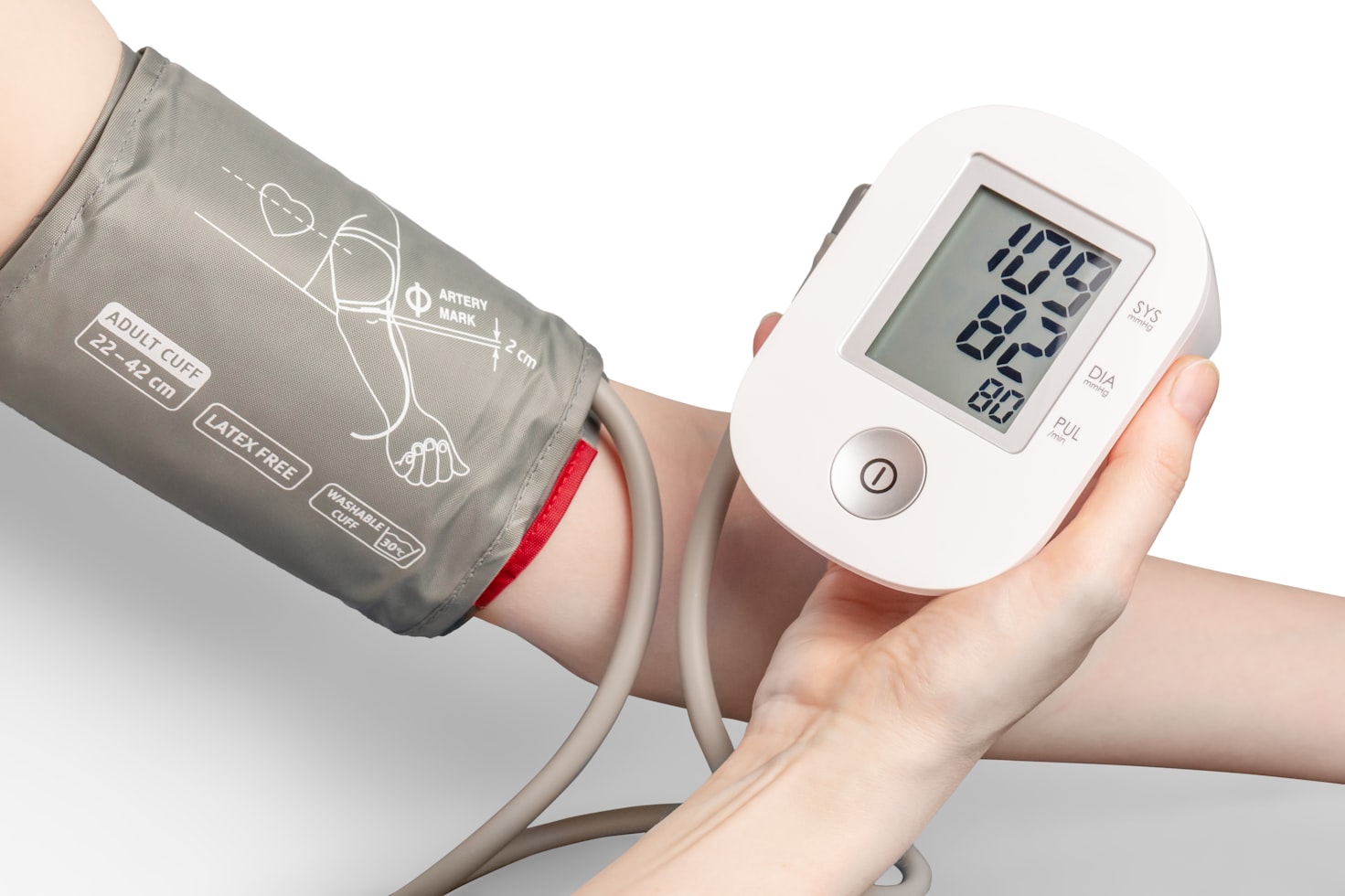Sodium is an essential mineral that plays a vital role in maintaining the body’s fluid balance and muscle function. However, excessive consumption of sodium can lead to negative health outcomes, including high blood pressure. Diastolic blood pressure, which refers to the pressure in the arteries when the heart is at rest, is an important indicator of overall cardiovascular health. Elevated diastolic blood pressure has been linked to an increased risk of heart disease, stroke, and kidney damage. In recent years, there has been growing interest in understanding the connection between sodium intake and diastolic blood pressure, as reducing sodium intake has been shown to lower blood pressure in some individuals. In this article, we will explore the latest research on the relationship between sodium intake and diastolic blood pressure.
Headings:
I. Introduction
II. Understanding blood pressure
III. Sodium and blood pressure
IV. How sodium increases diastolic blood pressure
V. Recommendations for reducing sodium intake
VI. Conclusion
I. Introduction
Hypertension or high blood pressure, is a common condition that affects many individuals worldwide. High blood pressure is associated with several health complications, including heart attack, stroke, and kidney failure, among others. Several factors can increase an individual’s risk of developing hypertension, including genetics, obesity, and excessive sodium intake.
This article focuses on the link between sodium consumption and diastolic blood pressure, which is one of the two measurements of blood pressure.
II. Understanding blood pressure
Blood pressure is the force of blood flow against the walls of arteries as it circulates in the body. Blood pressure is measured using two values: systolic pressure (the upper value), which is the pressure exerted during heart contractions, and diastolic pressure (the lower value), which is the pressure exerted during heart relaxation. The measurement of blood pressure is expressed in millimeters of mercury (mm Hg).
The normal blood pressure is around 120/80 mm Hg. Blood pressure readings above this value may indicate hypertension, which can increase an individual’s risk of developing several health complications.
III. Sodium and blood pressure
Sodium is an essential mineral that plays a crucial role in maintaining several cellular functions in the body. Sodium is primarily found in salt, and excessive consumption of salt can lead to high levels of sodium in the blood. The body tries to eliminate the excess sodium by increasing the blood volume, which results in an increase in blood pressure.
Several studies have shown that excessive sodium intake is linked to the development of hypertension. Reducing sodium intake can lower blood pressure and reduce the risk of developing hypertension.
The American Heart Association recommends that individuals consume no more than 2300 milligrams (mg) of sodium per day. For individuals with hypertension, the recommended intake is even lower at 1500 mg per day.
IV. How sodium increases diastolic blood pressure
Excessive sodium intake can increase both systolic and diastolic blood pressure. However, the effects are more significant on diastolic blood pressure. One way that sodium increases diastolic blood pressure is by altering the fluid balance in the body.
Sodium intake increases blood volume, which increases the workload on the heart, resulting in an increase in diastolic blood pressure. Additionally, excessive sodium intake can constrict the blood vessels, leading to an increase in diastolic blood pressure.
Furthermore, excessive sodium intake can lead to the formation of plaque in the arteries, which can cause the arteries to narrow. Narrow arteries can lead to an increase in diastolic blood pressure as the heart needs to work harder to push blood through the narrowed arteries.
V. Recommendations for reducing sodium intake
Reducing sodium intake is an essential step for managing hypertension and reducing the risk of developing several health complications. The American Heart Association recommends several strategies for reducing sodium intake, including:
1. Reading food labels: Food labels provide information on the amount of sodium in foods. Individuals should choose foods with less than 140 mg of sodium per serving.
2. Avoiding processed foods: Processed foods are usually high in sodium, and individuals should reduce their consumption of these foods.
3. Choosing low-sodium foods: Several foods are naturally low in sodium, including fresh fruits and vegetables, whole grains, and lean protein sources.
4. Using herbs and spices instead of salt: Herbs and spices can enhance the flavor of foods without adding sodium.
5. Limiting the intake of salty snacks: Snacks such as chips, pretzels, and popcorn are usually high in sodium.
6. Cooking at home: Cooking at home allows individuals to control the amount of sodium in their meals.
VI. Conclusion
High blood pressure is a significant health concern, and excessive sodium intake is one of the factors that can increase an individual’s risk of developing hypertension. Excessive sodium intake leads to an increase in diastolic blood pressure, which can cause several health complications.
Reducing sodium intake is an essential step for reducing the risk of developing hypertension and managing the condition. Individuals should follow the recommendations provided by the American Heart Association to reduce their sodium intake and maintain healthy blood pressure levels.






